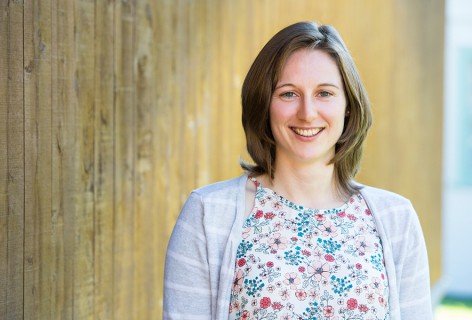Recovering from the pandemic: a view from the policy window
In 1984 the political scientist John Kingdon introduced the concept of a window of opportunity, or ‘policy window’, to describe how problems get included in the political agenda. Often what is needed to open a policy window is a focus event – sudden, visible and dramatic. New Zealand, along with the rest of the world, has recently had just such a focus event in the form of the COVID-19 pandemic.
We know that adverse effects of disasters fall disproportionately on vulnerable populations, including the poor, elderly, and indigenous and other ethnic groups. Adverse effects also tend to compound; low income is correlated with poor health, for example. To best help with disaster recovery and enhance long-term community resilience, it is essential to identify those areas facing potential compounding and cascading risk.
During the COVID lockdown period scientists at Manaaki Whenua used the Economic and Social Vulnerability Index (ESVI) as a proof of concept to map areas of likely multiple deprivation. We looked at flooding risk as a compounding risk factor. Flooding is New Zealand’s most frequent and costly natural hazard, and its incidence is predicted to increase with climate change. It therefore has the potential to magnify the economic, social, and health-related effects of other deprivations, including the COVID pandemic.
We mapped all of New Zealand and highlighted parts of Southland, the West Coast, Waikato and the Bay of Plenty to illustrate potential ESVI ‘hot spots’ and ‘cold spots’ around New Zealand. The maps show that many of the communities most affected by the COVID pandemic are also vulnerable to climate change and water-related hazards due to their location and proximity to rivers, coastal margins, and floodplains.
Identifying areas likely to be most affected by pandemic-induced social and economic impacts and facing flood hazards enables economic recovery to be better targeted. It may also be possible to ‘build back better’ in ways appropriate to the needs of the people who live there; for example, by using green infrastructure to reduce the volume of stormwater that flows into streams and rivers. We recommend that recovery investors in both government and the private sector consider similar approaches to maximise the wider social benefits of their investment.
The work, which formed the basis of a policy brief to government, was funded via Strategic Science Investment Funding provided by MBIE. Two national Science Challenges, Resilience to Nature’s Challenges and the Deep South, contributed to some of the data layers.
Key contact

Suzie Greenhalgh
A stochastic model for COVID-19 spread
During the COVID-19 lockdown, Maanaki Whenua researchers Rachelle Binny and Audrey Lustig applied their predator-modelling skills to the spread of the disease, working with mathematicians and modellers at the University of Canterbury, the University of Auckland and Te Pūnaha Matatini: the Centre for Complex Systems and Networks, on a paper to understand the likely success of our Level 4 lockdown.
The paper showed that the early Level 4 response had a significant effect on new case numbers, and that rapid case isolation, whether as a result of contact tracing, rapid testing, or otherwise, can lead to containment and possibly even elimination when combined with strong population-wide controls.
The effect of large-scale anti-contagion policies on the COVID-19 pandemic
Manaaki Whenua economist Kenny Bell was a co-author on a major peer-reviewed study headed by researchers at the University of California, Berkeley, and published in Nature Research.
Their work showed that policies deployed by governments in six countries to address the spread of COVID-19 (China, South Korea, Italy, Iran, France, and the United States) achieved large, beneficial, and measurable health outcomes. The study quickly compiled new data on 1,717 policies, and the authors concluded that across these six countries, interventions prevented or delayed around 62 million COVID-19 cases, averting roughly 530 million infections.

